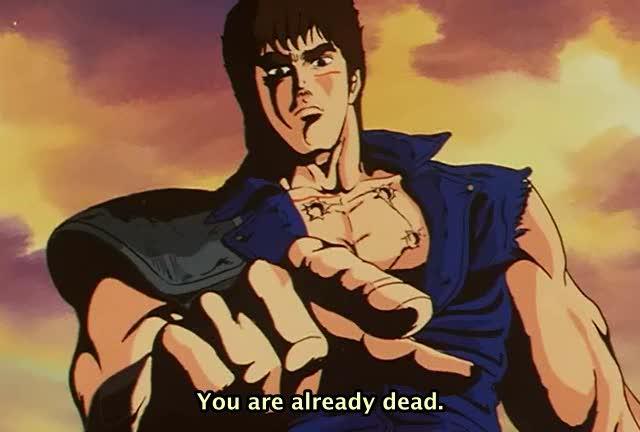If you’re familiar with Japanese, let’s cut to the chase.
Aside from my full-time job and writing fiction, I dedicate my spare time to the fulfilling, enriching, but painful art of learning new languages, among those, Japanese.
One thing that drove me to learn Japanese, aside from growing up with a heavy dose of anime, is how different and interesting it is. From how the grammar works, to how each character is an elaborate piece of art, to how it differs from neighbor languages like Chinese—everything about it results entrancing to me.
However, while the language is beautiful, it comes with a steep learning curve courtesy of no other than the dreaded kanji characters.
漢字 → kan · ji
You’ve probably heard about them, and everything you’ve heard is right.
Japanese uses three character systems: hiragana, katakana, and kanji. Hiragana and katakana work similarly to Romance languages (like my mother tongue, Spanish) except that characters represent syllables.
To illustrate hiragana, let me resource to a classic quote:
お | ま | え | わ | も | う | し | ん | で | い | る |
o | ma | e | wa | mo | u | shi | n | de | i | ru |
Ahem, now let me flex my meme skills:

Katakana is another syllabary, except they’re used for loan words (foreign words adopted by the language over the years). You can easily tell them apart since they look much more symmetrical and less stylized than hiragana.
Then we have kanji.
Kanji characters are logograms that express meaning and are derived from Chinese characters, adequately called “hanzi” or Han characters. One aspect that makes them tough to learn and write is how they’re made from a heck-ton of strokes. To make things worse, there are like three thousand of them.
But goddamn do they look cool.

At first, I tried just memorizing them all and be done with it.
I failed miserably.
My engineer side always tried convincing me that like every other writing system, these kanji characters had to follow some sort of logic. There had to be an easier way to learn them, I shouted, grabbing my screen by the sides and shaking it in desperation.
Then I found out about Kanshudo.
Since then, it’s been my salvation and I finally feel like I might be able to someday be proficient at writing Japanese.
Kanshudo is a method that associates a catchy and easy to remember phrase (or mnemonic) to each kanji character.
Take this one for example:
運
That one means luck or carry (read un, and yeah, a kanji can mean two entirely different things depending on the context.) My first thought was “all that to say ‘luck’? And how will I ever learn to draw that?” And here’s the thing: kanji are often composed of other kanji. While some of them have a meaning on their own, others are components that are meant to be used along with other kanji.
The phrase associated with the kanji above is:
“When the army moves, it carries its luck.”
Wait, that’s a bit random, isn’t it? What does the rest of the phrase have to do with anything?
Trust me, what comes next was a true eye-opener for me.
Turns out some of the most complex kanji are composed of simpler ones. In the case of luck, the core kanji is:
車
It means car and is read kuruma. That surely is a lot easier to remember than the first one, isn’t it? It kinda sounds like “car,” after all.
Moving on, the next bit is:
冖
That one means covered. Come on! It looks like a little roof. In this case, this doesn’t have a reading because is not meant to be used on its own.
Okay, let’s put those two together, and we get:
軍
That’s army and is read gun (very appropriate). Since this one is a composed kanji, we have a phrase to remember it:
“A covered (冖) car (車) is used by the army (軍).”
Do you see what’s going on here? The phrase is built in a way that it not only contains the kanji it represents but also all of its sub-kanji!
Let’s keep going! The last bit is:
⻌
That’s a component indicating movement. We add that to army and we get luck:
運
Now our original phrase (with its kanji) makes a whole lotta more sense.
“When the army (軍) moves (⻌), it carries its luck (運).”
Instead of memorizing one single kanji, I learned five of them on a single sweep. That’s the magic of the Kanshudo method. It’s so easy it’s ridiculous. I still had to practice a lot to get the strokes right, but reciting the phrase as I went not only made me remember the strokes, but also their order. One does not simply draw kanji strokes in any order. You start by drawing army (cover + car) and then move.
Let make absolutely clear here that Kanshudo hasn’t paid me a penny to write this post, but it has been a game-changer for me and, if you’re also struggling with kanji, maybe it might do the same for you.
I ❤️ you, Kanshudo. Keep being awesome.
Share this